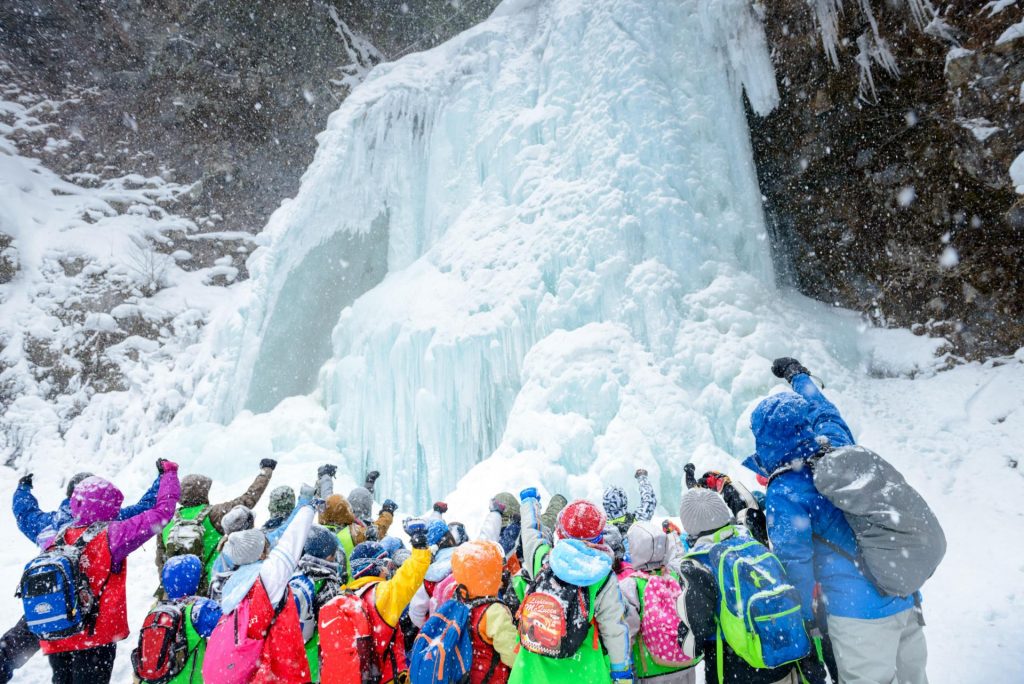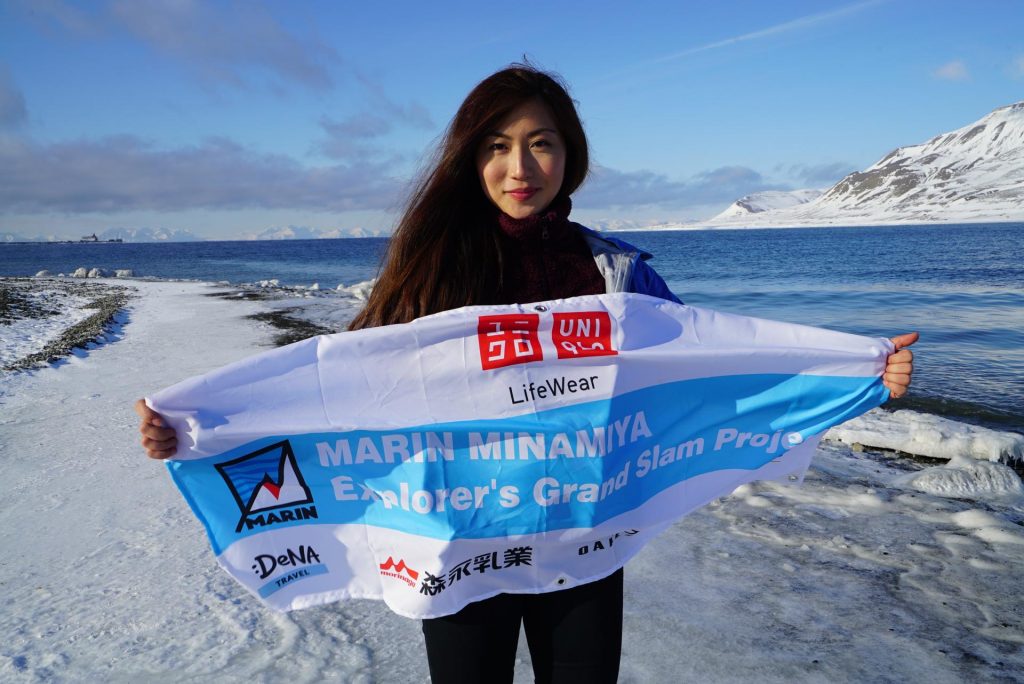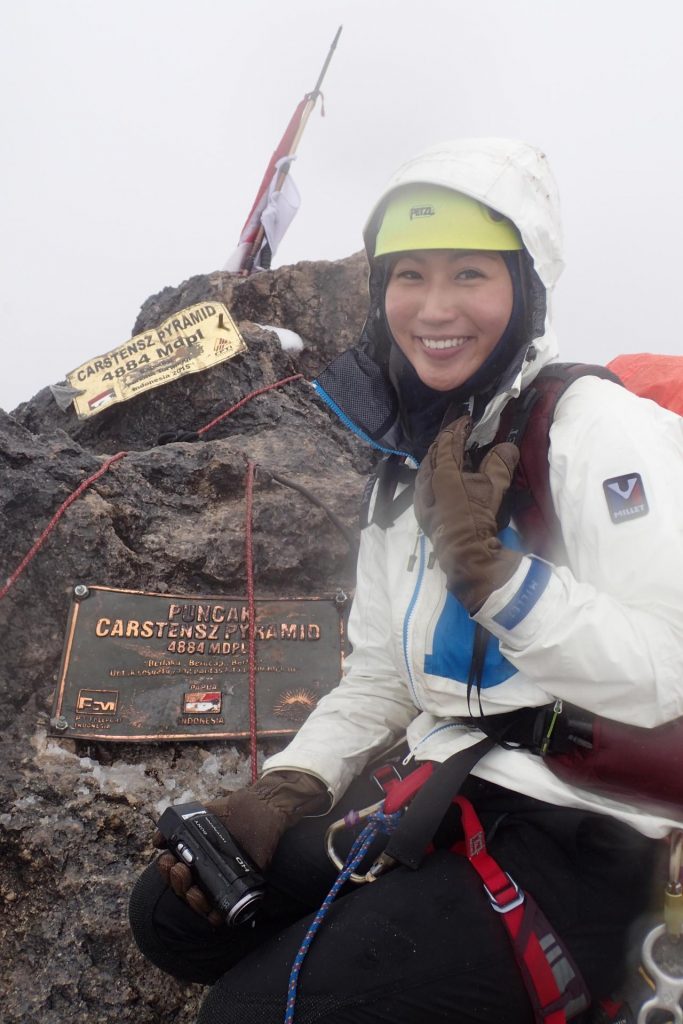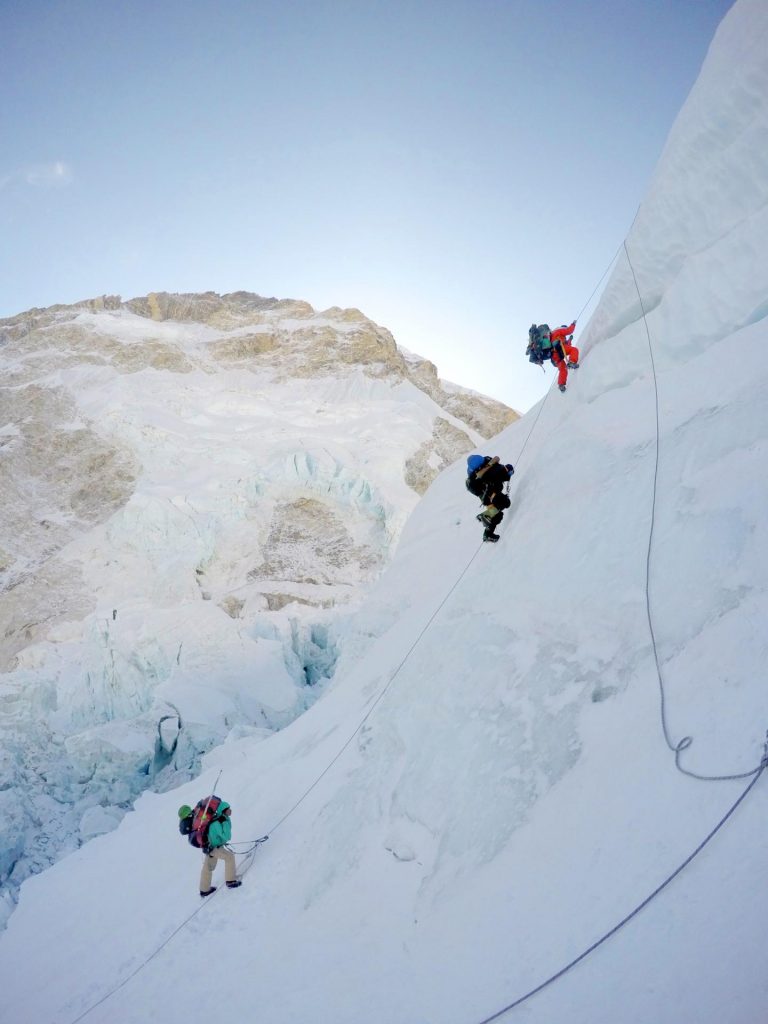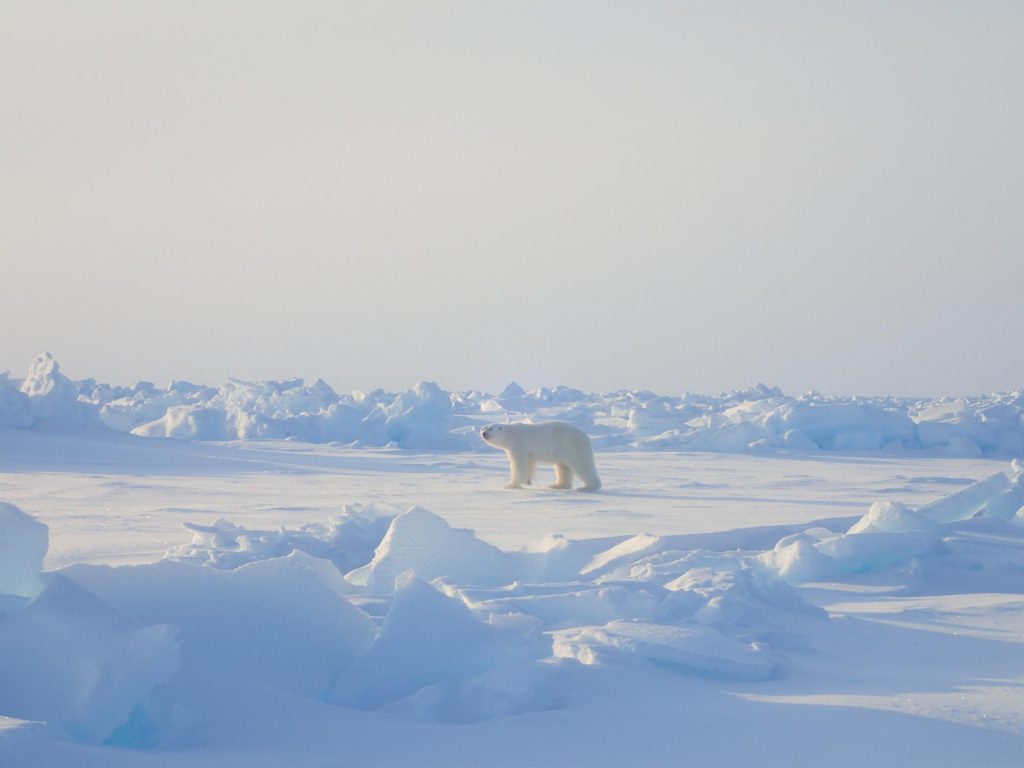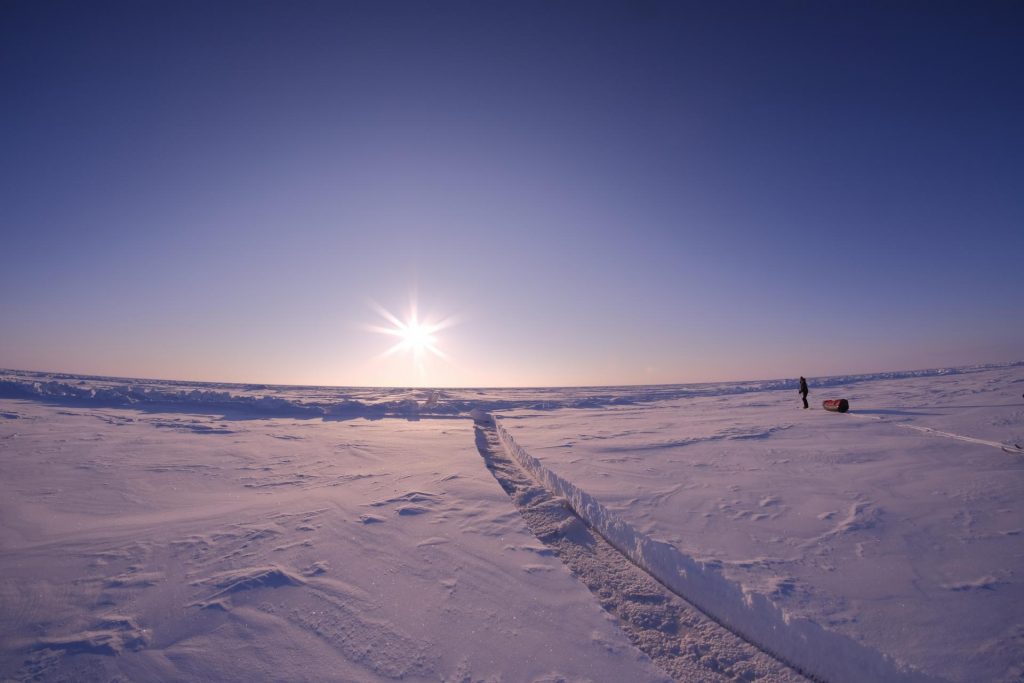Japan’s most accomplished “yama girl” is sharing her love of the outdoors to help inspire and empower marginalized children in Japan.
It’s a typical Tokyo scene: a Japanese college student unwinds with a cup of hot tea at a cafe after a busy day at school. To the casual observer, this young girl sitting in an ordinary cafe looks like thousands of other coeds. Yet underestimating this Waseda University student would be a mistake. Beneath her youthful exterior, Marin Minamiya is a fiercely determined soul.
Marin didn’t have the typical Japanese childhood. Her father’s work took her family to Malaysia, Dalian, Shanghai and Hong Kong. Her middle and high school years were spent at an international school in Hong Kong.
The progressive curriculum seemed exciting initially—students had their own laptops and schoolwork was done online. The school was in a tall, eight-story building and students communicated with phones and computers, while parents’ demanding jobs left many kids unattended. The environment seemed artificial to Marin, who found herself questioning her identity.
“School didn’t feel like school, home didn’t feel like home,” remembers Marin, who was caught in the middle of her parents’ shaky relationship.
Thankfully, she found solace in nature. Her friends encouraged her to go for the the Hong Kong Award for Young People, a program that trained award-winning youth in leadership, creativity, community service and outdoor skills. She started hiking Hong Kong’s mountains, using analog maps and enjoying the human interactions with friends. She climbed most of Hong Kong’s mountains in high school and with each step it felt like she was overcoming her invisible mountain of problems. When she was 13, she went on a volunteer trip to Annapurna base camp where she vowed to climb Mt. Everest one day.
During her final year of high school, while preparing for university in the U.S., her parents’ relationship worsened and Marin began losing interest in academics.
“If my educated parents couldn’t treat each other nicely or have meaningful lives, why would I want to pursue higher education? I didn’t see the point anymore,” she recalls.
She began meditating up to six hours a day and spent most of her time at home. Her father became alarmed and sent her to Japan. Back in her home country, Marin felt helpless. She wanted to take back control over her life, to overcome the invisible mountain she was battling internally while setting her sights on cimbing the highest peak in the world—Mt. Everest.
Her first obstacle was coming up with funds. She sent out countless e-mails until the Tokyo Shimbun and Yomiuri Shimbun covered her Everest expedition in their newspapers. Then, an angel arrived in the form of an elderly lady who read one of the articles and donated enough for Marin to start her expedition. Since this woman was unable to climb Everest due to her age, she wanted to help Marin fulfill her goal.
More sponsors jumped on board, including Uniqlo, and she decided to set her goal even higher. She would attempt to complete the Seven Summits—summiting the highest mountains on each of the seven continents.
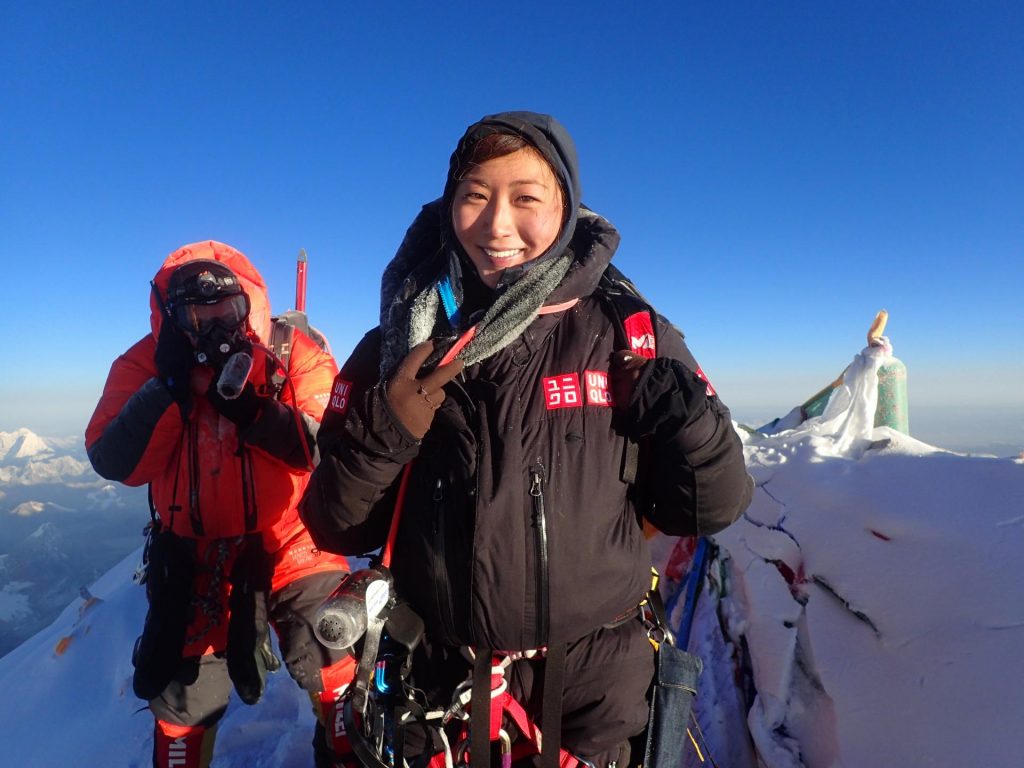
Her second obstacle was facing the stereotypes created in the male-dominated alpine community. Among the naysayers was a fellow mountaineer who had completed the Seven Summits. “You’re just a 17-year-old girl,” he said. This only added fuel to her fire. Marin continued her rigorous training, wearing a 30-kilogram weighted vest while walking on a treadmill at the highest incline two hours a day.
Her Seven Summits journey started with Mt. Aconcagua in South America, followed by Mt. Kilimanjaro, Mt. Blanc, Mt. Kosciusko and Mt. Vinson.
“After completing Mt. Vinson, I asked myself, ‘What are the chances I’ll ever be back in Antarctica?’” So she skied to the South Pole, then eventually the North Pole the following year while completing Mt. Carstensz, Mt. Elbrus and Mt. Everest, thus making her the world’s youngest person to complete the Explorer’s Grand Slam—scaling the Seven Summits and reaching the North and South Pole.
“The South Pole was more civilized with research bases and monuments, but the North Pole…it was complete wilderness,” she remembers—it included an encounter with a polar bear.
Everest, on the other hand, was a cathartic, emotional experience as Marin had anticipated this climb since her trip to the Annapurna base camp. Throughout the 60 days of her expedition, Marin was unsure if she would reach the top as she couldn’t see the peak from the South Base route until the day before her summit attempt.
“We were walking towards the mountain at night when the sun started to rise. That was when I realized the peak was right in front of me, and I would be able to summit Mt. Everest in just another hour or two,” Marin remembers.
It was ideal climbing conditions: no wind and no crowds and perfect visibility of the Himalayas. Most of the people had summited a few days before. In her down suit, heavy climbing boots and oxygen tank on her back, Marin felt like she was on a different planet. “I couldn’t express anything in words; tears started flowing.”
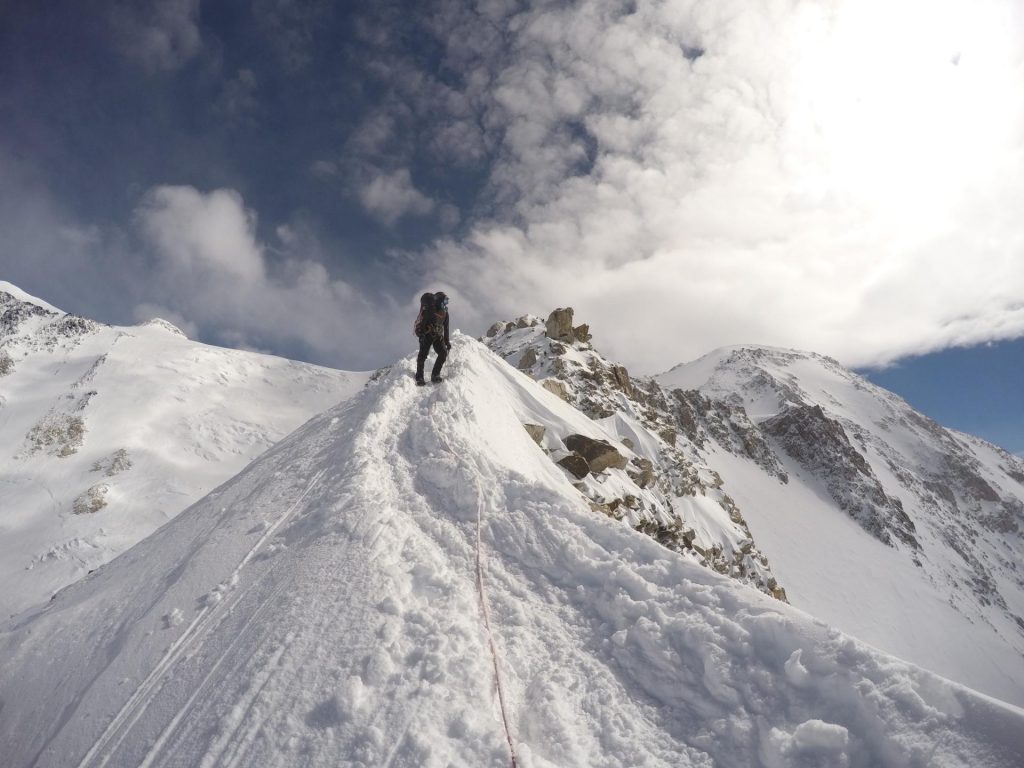
It wasn’t Everest that was the most difficult climb, however, but her final mountain, Denali (Mt. McKinley). Although Everest is higher, the base camp starts at 5,364 meters. Denali requires climbers to start from sea level to 6,190 meters, twice the distance of Everest. Climbing season is in the Alaskan summer when the sun never sets.
“It just felt really, really long,” says Marin. It took two attempts to summit Denali. Her first 30-day attempt left her stranded in a tent for nine days while a storm passed. After running out of food, she and her team rummaged to find food left behind by other hikers—from nearly twenty years ago.
Her most harrowing climbing moment, however, happened closer to home, a few days after graduating from high school. While climbing Mt. Amida, an unassuming mountain in southern Nagano’s Yatsugatake Range, Marin fell 250 meters down a steep slope after a loose chunk of snow broke loose. It was a miracle she had no broken bones, but she was unable to climb back up and spent the night in a snow cave she constructed. The next day, a rescue helicopter found her.
It wasn’t the brush with death that affected her as much as her parents not showing up during her hospitalization. After being discharged, she returned to an empty home.
This past New Year’s holiday, Marin met Jeff Jensen, a fellow alpinist who has been climbing Mt. Fuji every New Year’s Day for the past two decades. They spent New Year’s Eve in a mountain hut where Marin discovered Jeff was one of the founders of Mirai no Mori, an NPO that creates outdoor programs for abused, neglected and orphaned children in Japan. This hit home for Marin, who immediately related to the children and wanted to get involved. Her rocky upbringing led her to find solace in the mountains and she felt she could help others find inspiration as well. She soon became Mirai no Mori’s first female ambassador.
“I am open to sharing my story, and I want to nurture a heartfelt connection with the children and support their dreams,” Marin says. “Despite the challenges in my life, I’m glad I went for it,” she adds. “What I want to tell young people is that if you want your dreams to come true, you have to be your number one supporter, and not be afraid of challenges. Have faith in your capabilities all the way. A person’s potential is infinite, and we’re all climbing a mountain whether we see it or not.”
